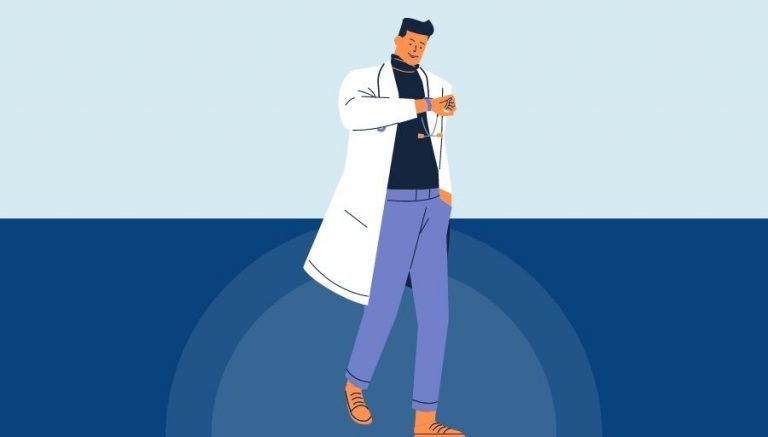How To Use CPT Code 31612
CPT 31612 describes a procedure involving a percutaneous tracheal puncture, transtracheal aspiration, and/or injection. This article will cover the official description, procedure details, qualifying circumstances, appropriate usage, documentation requirements, billing guidelines, historical information and billing examples.
1. What is CPT Code 31612?
CPT 31612 involves a specific procedure that includes a percutaneous tracheal puncture, transtracheal aspiration, and/or injection. This code is used to report the provider’s examination and manipulation of the trachea, or windpipe, to remove secretions or administer medication.
2. Official Description
The official description of CPT code 31612 is: ‘Tracheal puncture, percutaneous with transtracheal aspiration and/or injection.’
3. Procedure
- The provider begins by examining the trachea, palpating it with their fingers to assess its condition.
- Using a percutaneous approach, the provider inserts a needle through the skin and into the trachea.
- Once the needle is in place, the provider may perform a transtracheal aspiration to remove secretions or inject medication directly into the trachea.
- After completing the aspiration or injection, the provider carefully removes the needle from the trachea.
4. Qualifying circumstances
CPT 31612 is used when the provider performs a percutaneous tracheal puncture, transtracheal aspiration, and/or injection. This procedure is typically performed on patients who require the removal of tracheal secretions or the administration of medication directly into the trachea. It is important to note that this code should only be used for the specific procedure described and not for other tracheal or bronchial interventions.
5. When to use CPT code 31612
CPT code 31612 should be used when the provider performs a percutaneous tracheal puncture, transtracheal aspiration, and/or injection. It is important to ensure that the procedure performed aligns with the specific details outlined in the code description. If the procedure differs significantly, a different code may be more appropriate.
6. Documentation requirements
To support a claim for CPT code 31612, the provider must document the following information:
- Reason for performing the procedure
- Details of the percutaneous tracheal puncture, transtracheal aspiration, and/or injection
- Date and time of the procedure
- Any complications or adverse events that occurred
- Signature of the performing provider
7. Billing guidelines
When billing for CPT code 31612, it is important to ensure that the procedure performed aligns with the specific details outlined in the code description. This code should not be reported with other tracheal or bronchial intervention codes unless the provider performs additional distinct procedures. It is also important to follow any additional guidelines provided by payers or coding authorities when reporting this code.
8. Historical information
CPT code 31612 was added to the Current Procedural Terminology system on January 1, 1990. There have been no updates or changes to the code since its addition.
9. Examples
- A pulmonologist performing a percutaneous tracheal puncture and transtracheal aspiration to remove secretions from a patient with a tracheostomy tube.
- An anesthesiologist administering medication directly into the trachea of a patient undergoing a complex surgical procedure.
- An otolaryngologist performing a percutaneous tracheal puncture and transtracheal aspiration to remove a foreign object lodged in the trachea.
- A critical care physician performing a percutaneous tracheal puncture and transtracheal injection of medication to manage a severe respiratory infection.
- An interventional radiologist performing a percutaneous tracheal puncture and transtracheal aspiration to obtain a sample for diagnostic testing.
- A thoracic surgeon performing a percutaneous tracheal puncture and transtracheal injection of medication to treat a tracheal tumor.
- An emergency medicine physician performing a percutaneous tracheal puncture and transtracheal aspiration to relieve airway obstruction in a patient experiencing a severe allergic reaction.
- A pediatrician performing a percutaneous tracheal puncture and transtracheal injection of medication to manage a chronic respiratory condition in a child.
- A pulmonologist performing a percutaneous tracheal puncture and transtracheal aspiration to remove excessive secretions in a patient with cystic fibrosis.
- An intensivist performing a percutaneous tracheal puncture and transtracheal injection of medication to manage acute respiratory distress syndrome in a critically ill patient.



